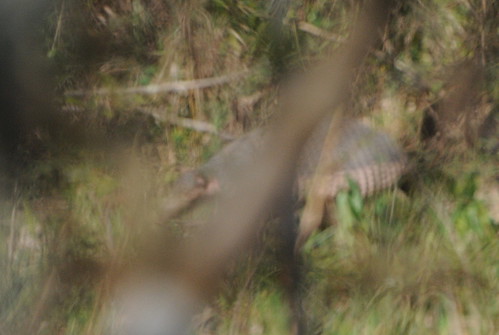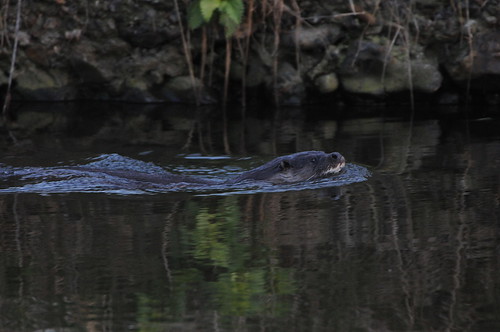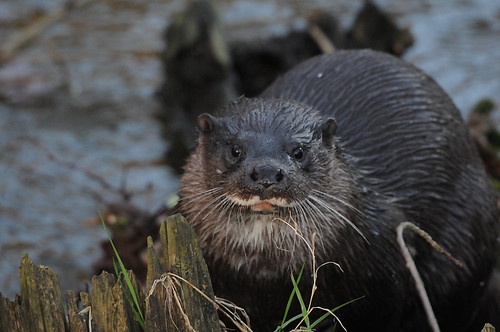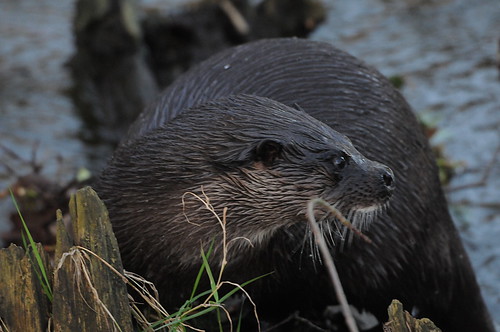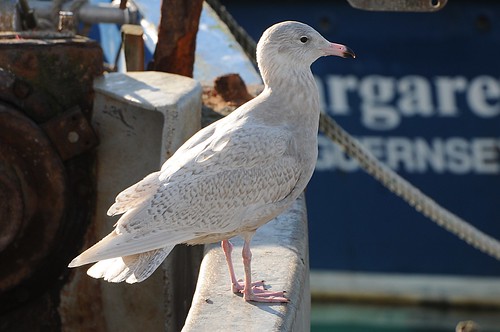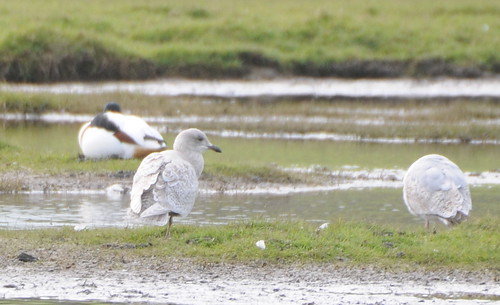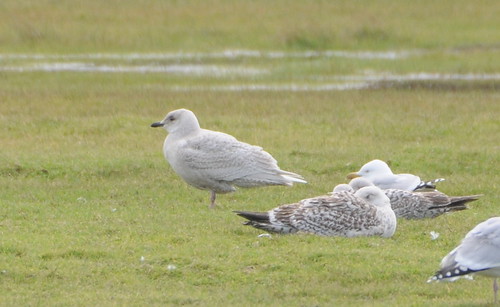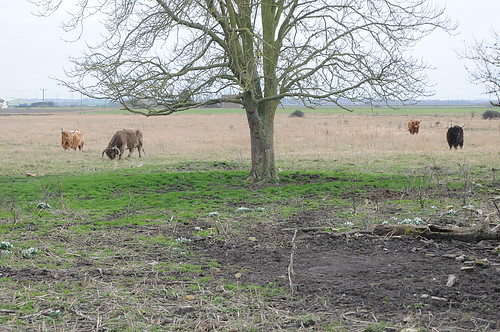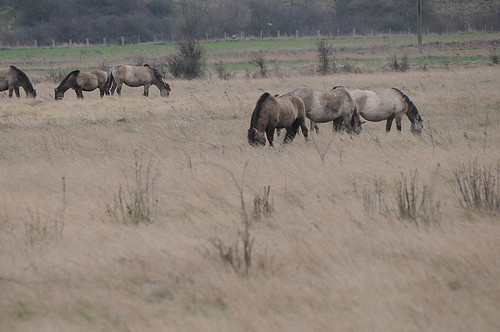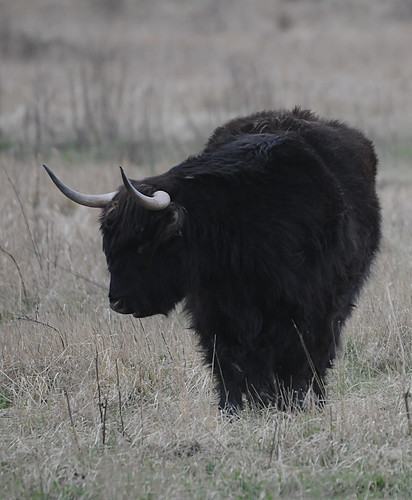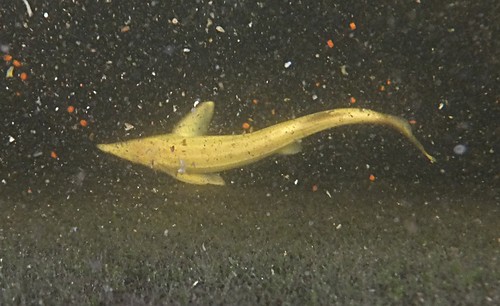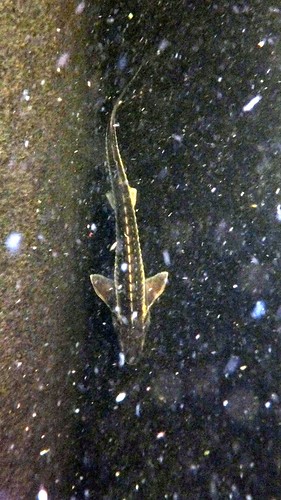I always said therefore that wouldn't happen with Earth, Wind & Water. But it sort of did. A couple of years almost went by. Sorry about that. I'm still alive. Not ill nor heartbroken. I did fall in love. And then I got one of these.....

He's ten months old now and awesome fun. I also planted an orchard and got a load of these...
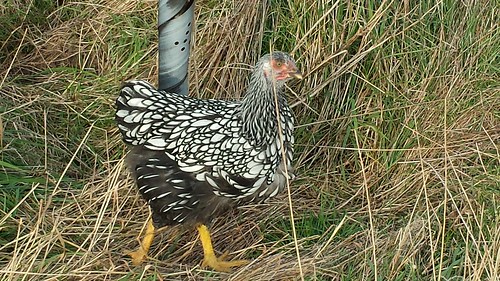
I don't have time to blog anymore as a result of all this grown up stuff but I still share pictures via instagram. You can find me there at https://www.instagram.com/drunken_bee/ if you want to stay in touch. E,W&W won't be updated anymore but at some point I will resurface with a website for the orchard and photos therefrom.
To close things out, here's some things we did that didn't involve nappies.
Brazil:
Jag
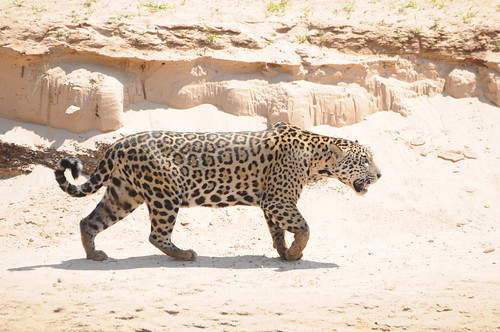
Giant Anteater
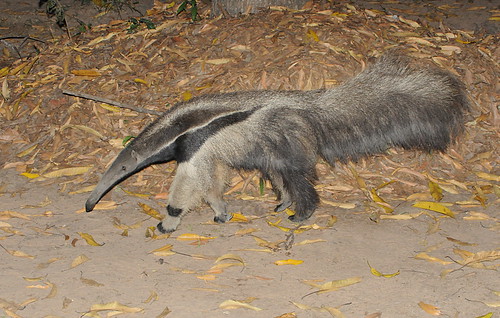
Giant Otter
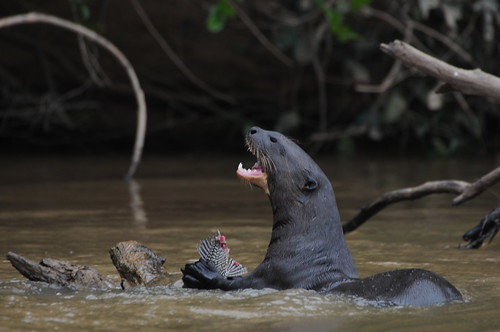
GIANT ARMADILLO!!!!!!!!!
